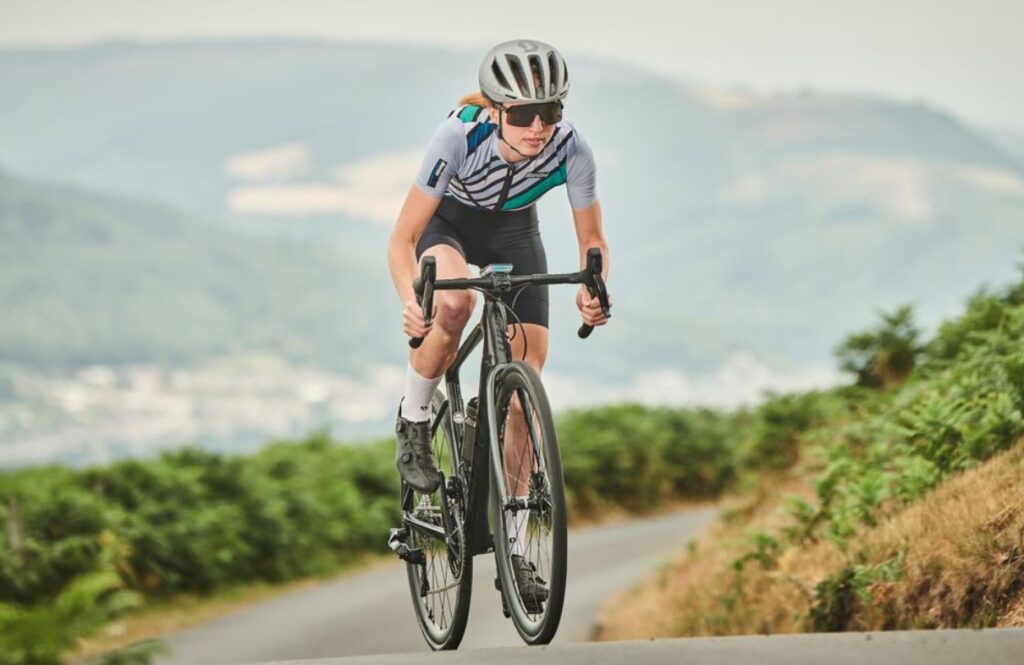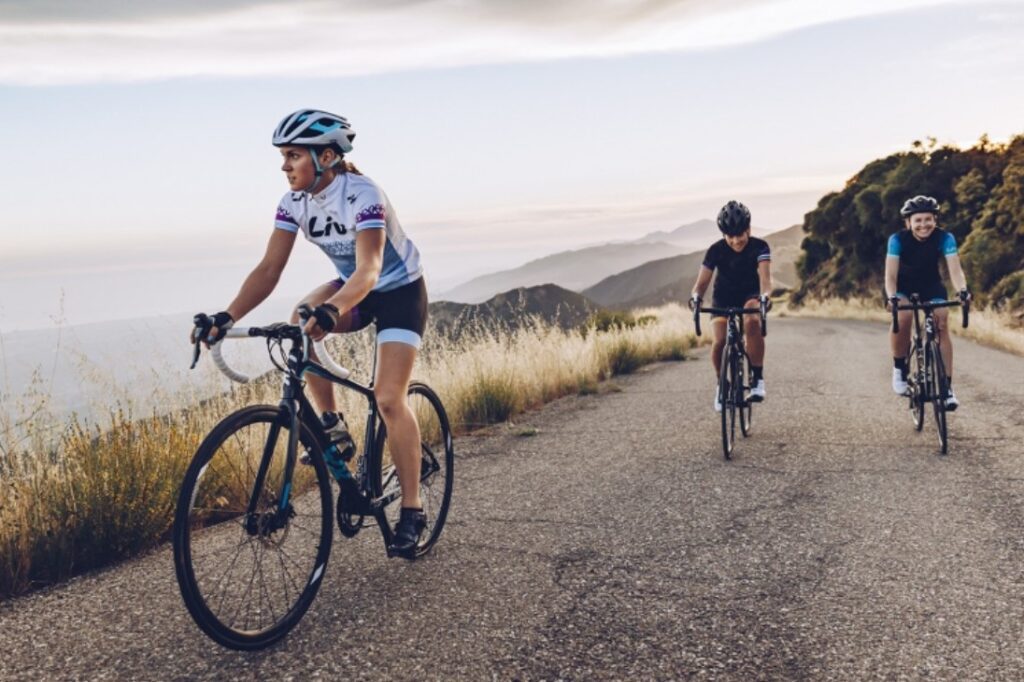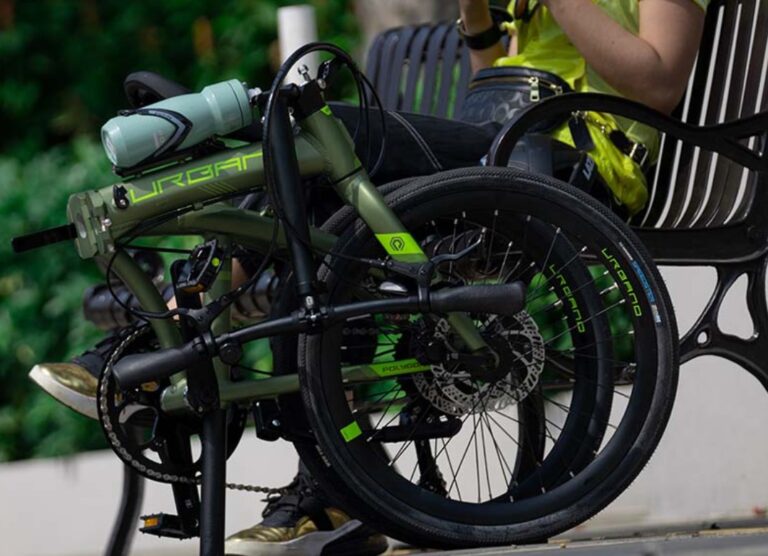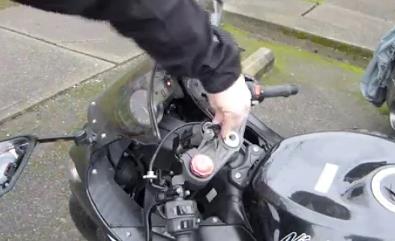How To Train For A 50 Mile Bike Ride? Explained
In this article, we’ll explain How To Train For A 50 Mile Bike Ride? Training for a 50-mile bike ride is an exhilarating challenge that requires dedication, strategic planning, and the right approach. The journey to achieving this milestone encompasses various aspects like physical training, nutrition, and mental preparation.
Embarking on this adventure, you’ll discover the blend of endurance, strength, and tactics needed to conquer such a distance. This guide offers a comprehensive roadmap to help you gear up for the ride, ensuring you’re well-prepared and confident to hit that 50-mile mark.
Key Takeaways
- Develop a Training Plan: Gradually increase mileage and intensity.
- Focus on Nutrition and Hydration: Essential for endurance and recovery.
- Invest in the Right Gear: Comfort and efficiency are key.
- Incorporate Cross-Training: Enhances overall fitness and reduces injury risk.
- Rest and Recovery: Crucial for muscle repair and performance improvement.
How To Train For A 50 Mile Bike Ride?
Embarking on a 50-mile bike ride demands a well-structured training plan. This plan should be gradual, increasing your mileage and intensity over time. Start by assessing your current fitness level and then gradually build up your distance.
A typical approach might include shorter rides during the week, with a long ride at the weekend, increasing in length as your training progresses. Consistency is key – regular rides, even if shorter, are better than sporadic, longer sessions.

Developing a Training Schedule
Your training schedule should be balanced and realistic. Begin with shorter distances, aiming for 10 to 15 miles, and then increase by 5 to 10 miles each week. This incremental approach helps your body adapt without overwhelming it. Incorporate rest days to allow your muscles to recover. Remember, overtraining can be as detrimental as undertraining.
Intensity and Endurance Training
Mix up your training with varying intensities. Include interval training sessions, where you alternate between high-intensity bursts and lower-intensity recovery periods. This not only improves cardiovascular health but also builds stamina.
Endurance training is crucial; your long rides should be at a steady, sustainable pace, focusing on building the stamina needed for the 50-mile journey.
Nutrition and Hydration
Proper nutrition and hydration are the cornerstones of any endurance training. Your body needs the right fuel and fluids to perform and recover effectively.
Consuming a balanced diet rich in carbohydrates, proteins, and healthy fats ensures sustained energy levels. Hydration is equally important; always carry water and replenish fluids regularly, especially on longer rides.
Pre-Ride Nutrition
Before a ride, eat a meal rich in carbohydrates to provide energy. Foods like oatmeal, bananas, or whole-grain toast are excellent choices. Avoid heavy, greasy foods that can cause discomfort during your ride.
Post-Ride Recovery
Post-ride, focus on replenishing your energy stores and aiding muscle recovery. A combination of proteins and carbohydrates is ideal. Foods like a chicken sandwich, yogurt with berries, or a protein smoothie can be beneficial.
The Right Gear and Equipment
Investing in the right gear significantly affects your comfort and efficiency. This includes a well-fitted bike, appropriate clothing, and safety equipment. A proper bike fit ensures comfort and reduces the risk of injuries. Clothing should be weather-appropriate, breathable, and comfortable.
Choosing the Right Bike
Select a bike suitable for your ride. Road bikes are ideal for long distances on paved surfaces. Ensure the bike fits your body to prevent discomfort or injuries. Regular maintenance of your bike is also crucial for safety and performance.
Essential Safety Gear
Safety gear, including a helmet, lights, and reflective clothing, is non-negotiable. Always wear a helmet, regardless of the distance. Lights and reflective clothing enhance visibility, crucial for early morning or evening rides.
Cross-Training and Flexibility
Cross-training is vital in preparing for a 50-mile bike ride. It helps build overall fitness and reduces the risk of cycling-specific injuries. Activities like swimming, running, or yoga can complement your cycling training, offering a full-body workout and improving flexibility.

The Role of Strength Training
Strength training, focusing on the core, legs, and back muscles, enhances cycling performance. Exercises like squats, lunges, and planks build the strength needed for powerful pedaling and maintaining posture during long rides.
Incorporating Flexibility and Balance
Flexibility exercises, such as yoga or stretching, improve your range of motion and prevent stiffness. Balance exercises are also beneficial, enhancing stability and control on the bike.
Rest, Recovery, and Mental Preparation
Rest and recovery are as important as the training itself. They allow your body to repair and strengthen. Ensure you get adequate sleep and rest days. Mental preparation is also crucial; stay positive and set realistic goals.
Importance of Sleep
Quality sleep is essential for recovery. It helps repair muscles and rejuvenates the mind, preparing you for the next training session.
Mental Toughness and Visualization
Mental toughness is key in endurance sports. Visualize your success, set achievable goals, and maintain a positive mindset. This mental preparation can be as beneficial as physical training.
Is Biking 50 Miles A Lot?
Biking 50 miles is considered a significant distance, especially for those new to cycling or endurance sports. It’s a challenging yet achievable milestone for many cyclists.
The perception of its difficulty varies based on several factors such as the cyclist’s fitness level, experience, and the terrain of the ride. For beginners, it represents a considerable step up from shorter rides, requiring increased stamina, endurance, and proper training.

For more experienced cyclists, it might be a routine distance. According to cycling experts, training for such a distance involves not only physical preparation but also mental readiness, as the journey can be as much psychological as it is physical. Regular training, proper nutrition, and adequate rest are key elements in preparing for a 50-mile ride.
What Should I Eat On A 50 Mile Bike Ride?
Nutrition plays a crucial role in completing a 50-mile bike ride. Your body needs a combination of carbohydrates for energy, proteins for muscle repair, and electrolytes for fluid balance. Before the ride, eat a meal rich in complex carbohydrates, like oatmeal or whole-grain toast, to fuel your body.

During the ride, it’s important to consume easily digestible foods that provide quick energy. Good options include energy gels, bananas, or energy bars. Hydration is equally important; cyclists should drink water or electrolyte-replenishing fluids to stay hydrated.
Post-ride, focus on recovery foods that combine protein and carbohydrates, such as a protein shake or a turkey and cheese sandwich. This approach to nutrition is widely endorsed by sports nutritionists and cycling coaches as essential for endurance activities like long-distance cycling.
How Do I Prepare For A 50 Mile Mountain Bike Race?
Preparing for a 50-mile mountain bike race requires a multifaceted approach, encompassing physical training, bike and gear preparation, and nutrition strategy.
The physical training should focus not only on building endurance to cover the distance but also on the strength and technical skills necessary for mountain biking, which often involves varied and challenging terrain.
Incorporate long rides to build endurance, interval training for speed and strength, and hill climbs to prepare for elevation changes.
Bike preparation is also crucial; ensure your mountain bike is in good condition and suited for the specific terrain of the race. Practice with the gear you plan to use on race day, including shoes, clothing, and hydration packs.
Nutrition and hydration strategies are similar to those for road cycling, with an emphasis on carbohydrates and staying hydrated. However, mountain biking often requires more energy due to the technical and physical nature of the terrain, so you may need to consume more calories during the race.
Mental preparation is another key aspect. Mountain biking can be unpredictable, so being mentally prepared to handle challenges like weather changes, technical trails, and physical fatigue is important.
Conclusion
Training for a 50-mile bike ride is a journey of physical endurance, mental strength, and strategic preparation. By following a structured training plan, focusing on nutrition, investing in the right gear, and incorporating cross-training and recovery, you’ll be well-equipped to tackle the challenge.
Remember, the key is gradual progress, consistent effort, and a positive mindset. With dedication and perseverance, you’ll conquer that 50-mile milestone, a testament to your strength and determination.
Top FAQ’s
How do I deal with fatigue during the ride?
To manage fatigue, pace yourself and avoid starting too fast. Eat and hydrate properly before and during the ride. Also, practice mental strategies like positive self-talk and focusing on short-term goals during the ride, such as reaching the next mile marker.
Can I train for a 50-mile bike ride on an indoor trainer?
While outdoor training is preferable for real-world experience, an indoor trainer is a good alternative, especially for high-intensity interval training or when weather conditions are poor. However, try to mix in outdoor rides to acclimate to varying road conditions and weather.
How important is hydration during long rides?
Staying hydrated is crucial. Dehydration can lead to reduced performance and even health risks. Drink water regularly throughout the ride and consider using electrolyte drinks to replenish lost salts, especially on warmer days or longer rides.
What are the essential safety gears for long-distance cycling?
Essential safety gear includes a properly fitting helmet, cycling gloves, padded shorts for comfort, reflective clothing, and lights for your bike, especially if you’ll be riding in low-light conditions.

Welcome to the exhilarating world of Matt Rex, a professional car racer turned renowned vehicle enthusiast. Immerse yourself in his captivating blog as he shares heart-pounding adventures, expert reviews, and valuable insights on cars, trucks, jets, and more. Fuel your passion for speed and discover the beauty of vehicles through Matt’s engaging stories and meticulous expertise. Join the ever-growing community of enthusiasts who find inspiration and expert advice in Matt Rex’s blog—a digital hub where the thrill of speed meets the pursuit of knowledge.







